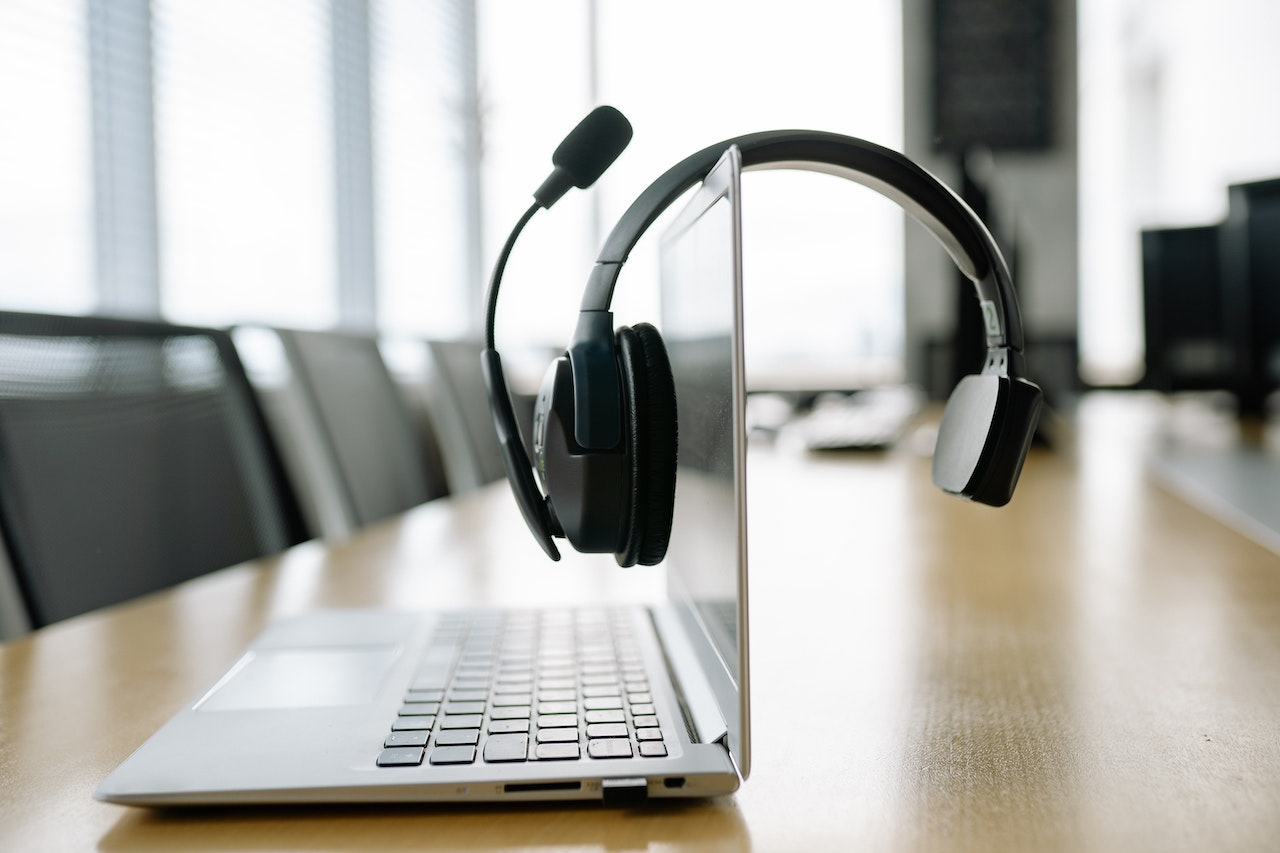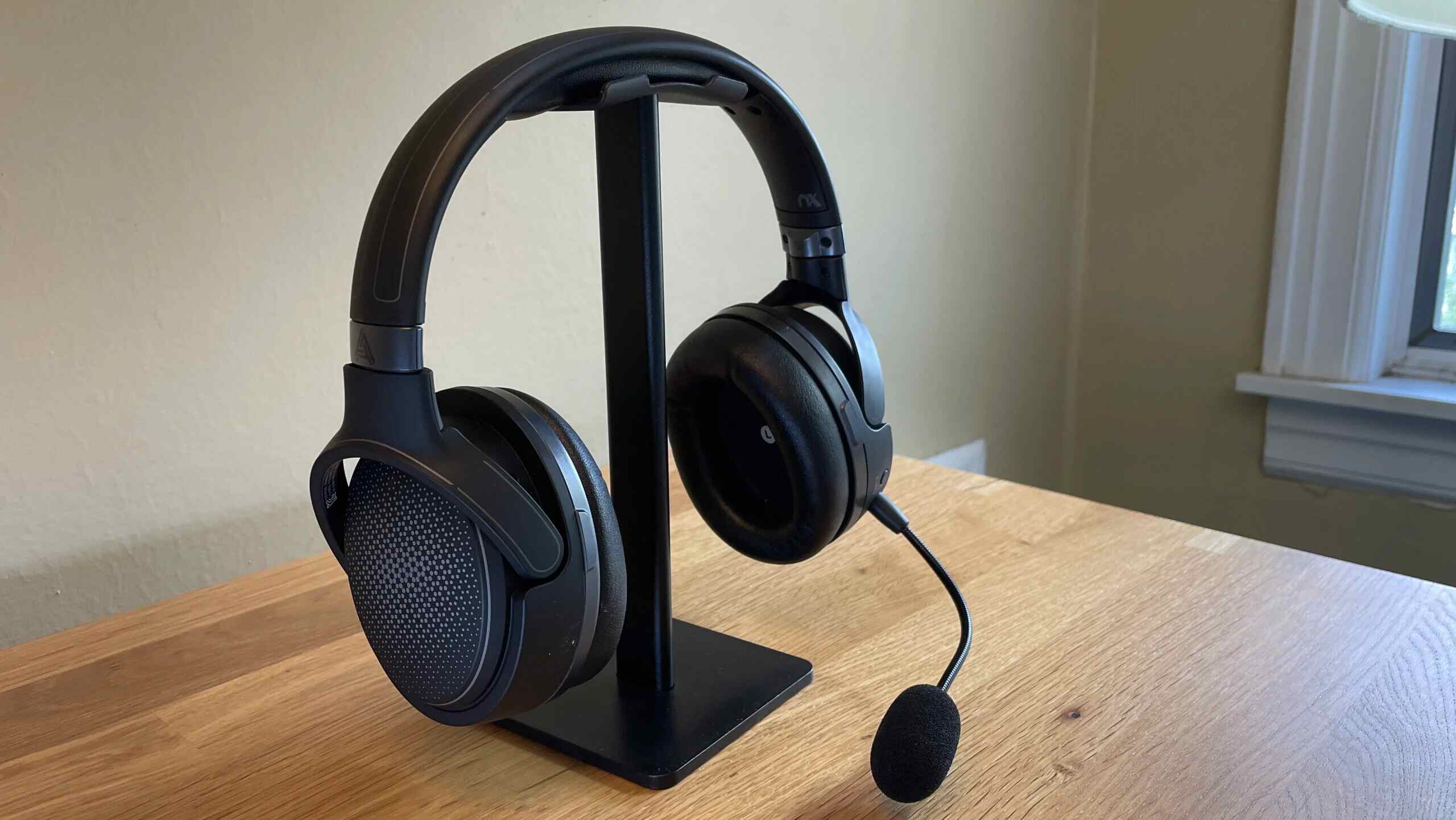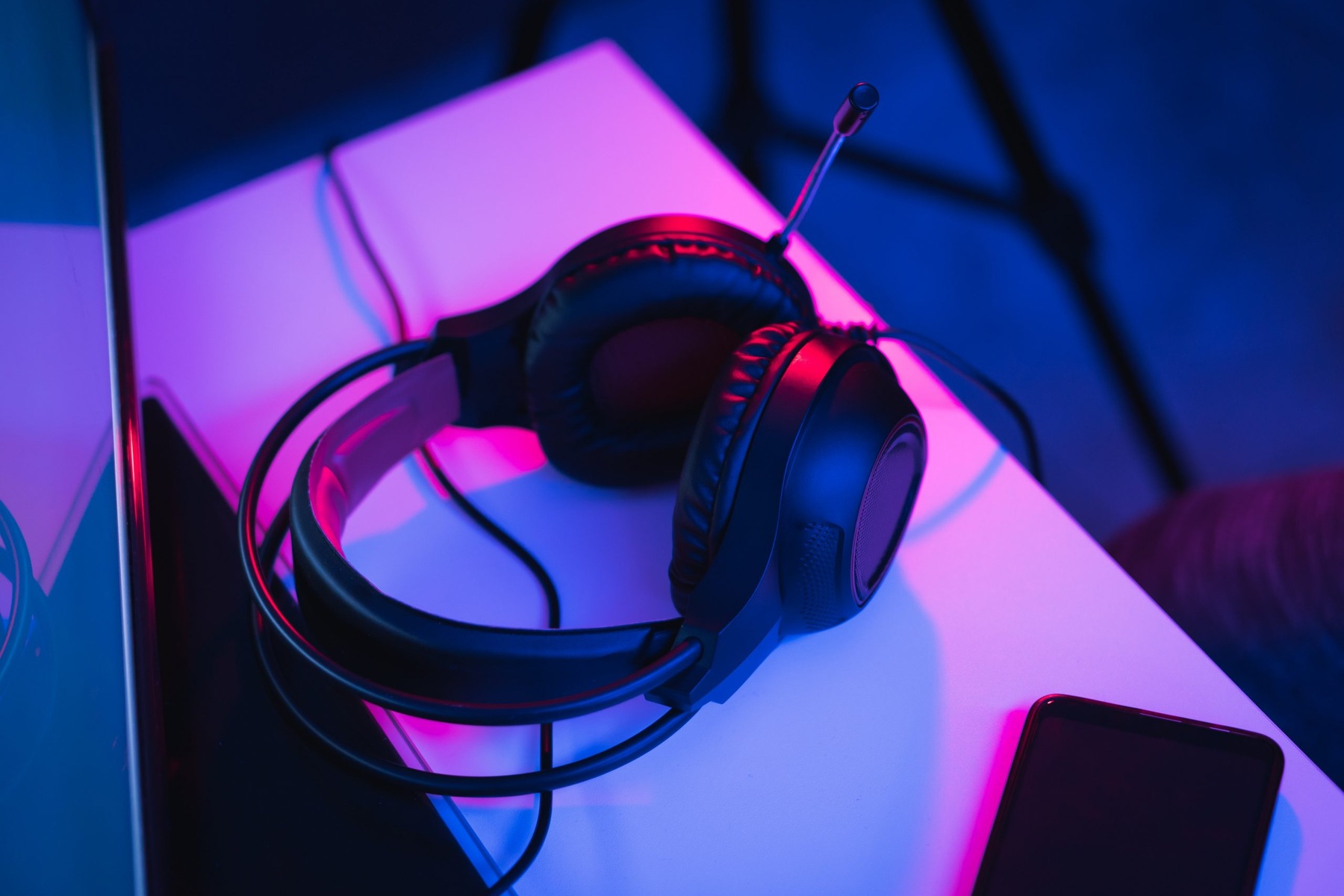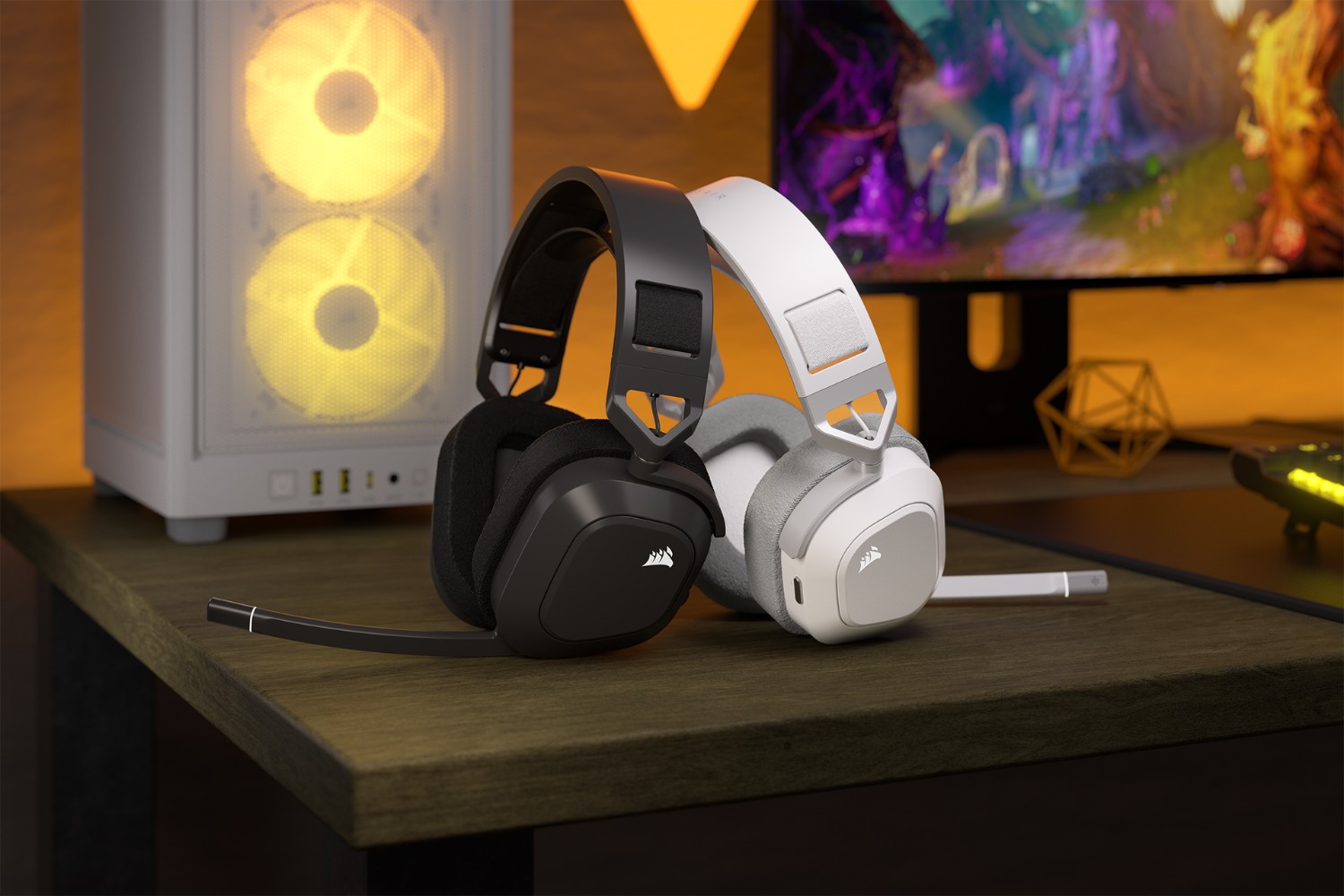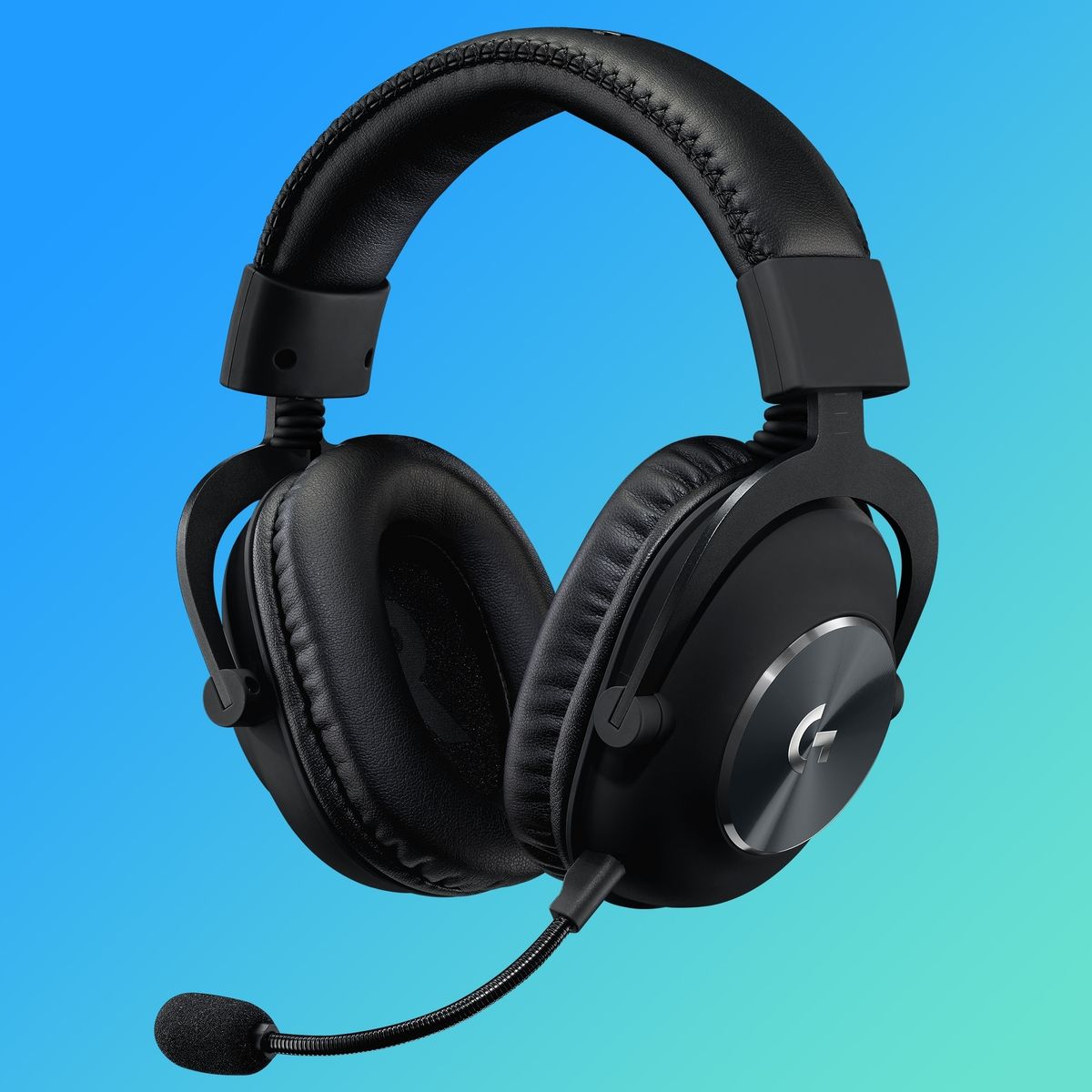Introduction
Using a single-jack headset on a PC can be a perplexing task for many. With the increasing popularity of single-jack headsets in the market, users often find themselves searching for ways to connect these headsets to their PCs seamlessly. Whether you are a gamer, a remote worker, or someone who simply enjoys multimedia content, understanding how to use your one-jack headset on your PC is essential for a smooth and enjoyable experience.
In this comprehensive guide, we will delve into the intricacies of single-jack headsets and provide you with step-by-step instructions on how to connect and configure your headset with your PC. By the end of this article, you will be equipped with the knowledge and confidence to effortlessly set up and use your single-jack headset, unlocking its full potential on your PC.
Let's embark on this journey to demystify the process of using your single-jack headset on your PC, empowering you to elevate your audio experience and make the most out of your headset's capabilities.
Understanding Single Jack Headsets
Single jack headsets, also known as CTIA or OMTP headsets, have become increasingly prevalent in the market due to their convenience and versatility. These headsets are designed with a single connector that integrates both the headphone and microphone signals into a single 3.5mm jack, making them compatible with a wide range of devices, including smartphones, tablets, and laptops. However, when it comes to connecting these headsets to a PC, users often encounter confusion and technical hurdles.
The single jack on these headsets typically follows the CTIA standard, where the order of the connections from the tip to the base of the plug is left audio, right audio, microphone, and ground. Understanding this configuration is crucial for seamless integration with your PC, as it ensures that the audio and microphone signals are properly transmitted and recognized by the computer.
It's important to note that not all PCs are equipped with a single jack that supports both audio output and microphone input. In such cases, users may need to utilize an adapter or a splitter to separate the audio and microphone signals, allowing them to connect the headset to the appropriate audio and microphone ports on the PC.
Furthermore, single jack headsets often come with in-line controls, allowing users to adjust volume, mute the microphone, and even answer calls or control media playback directly from the headset. These features add convenience and functionality to the headset, enhancing the overall user experience.
As the demand for single jack headsets continues to rise, manufacturers are constantly innovating to ensure compatibility with a wide array of devices, including PCs. Understanding the unique characteristics and connectivity requirements of single jack headsets is essential for users to harness the full potential of these versatile audio peripherals when using them with their PCs.
Connecting Your Single Jack Headset to Your PC
Connecting your single jack headset to your PC requires careful consideration of the available ports and the specific configuration of your headset. Here's a step-by-step guide to help you seamlessly integrate your single jack headset with your PC:
-
Identify Your PC's Audio Ports: Before connecting your single jack headset, locate the audio ports on your PC. Most modern PCs are equipped with separate ports for audio output and microphone input. However, if your PC features a single combined audio port, you may need an adapter or a splitter to separate the audio and microphone signals.
-
Check Your Headset's Connector: Examine the connector of your single jack headset to ensure it aligns with the configuration of your PC's audio ports. As mentioned earlier, single jack headsets typically adhere to the CTIA standard, with the audio and microphone signals combined into a single 3.5mm jack. If your PC has separate audio and microphone ports, you may require an adapter that splits the signals accordingly.
-
Connect the Headset: Once you have determined the compatibility between your headset and PC, carefully insert the 3.5mm jack of your single jack headset into the corresponding audio port on your PC. If your PC has separate audio and microphone ports, you will need to use an adapter or splitter to connect the audio and microphone signals to the appropriate ports.
-
Test the Connection: After connecting your single jack headset to your PC, test the audio output and microphone input to ensure that both functions are working correctly. Play some audio content to verify the sound output through the headset, and use a recording application to confirm that the microphone is capturing your voice accurately.
-
Adjust Settings if Necessary: Depending on your PC's operating system and audio configuration, you may need to adjust the audio input and output settings to optimize the performance of your single jack headset. This may involve selecting the correct input and output devices in the system settings or installing specific drivers for your headset, if required.
By following these steps, you can effectively connect your single jack headset to your PC, enabling you to enjoy high-quality audio output and seamless communication using the integrated microphone. Understanding the compatibility between your headset and PC, as well as the potential need for adapters or software configurations, is essential for a hassle-free connection process.
Configuring Your PC Settings
Once you have successfully connected your single jack headset to your PC, it's essential to configure the audio settings to ensure optimal performance. The configuration process may vary depending on your operating system and the specific audio hardware of your PC. Here's a detailed guide to help you configure your PC settings for seamless integration with your single jack headset.
Windows Operating System
Audio Output Settings:
- Right-click on the speaker icon located in the system tray and select "Open Sound Settings."
- Under the "Output" section, choose your single jack headset from the list of available output devices. Ensure that the headset is set as the default audio output device to channel the sound through the headset.
Microphone Input Settings:
- In the "Sound Settings" window, navigate to the "Input" section to configure the microphone settings.
- Select your single jack headset as the default input device to enable the PC to recognize the microphone integrated into the headset.
Additional Settings:
- Access the "Device Manager" to check for any driver updates related to your audio hardware. Ensure that the drivers for your headset and audio ports are up to date to avoid compatibility issues.
MacOS Operating System
Audio Output and Input Settings:
- Click on the Apple menu and select "System Preferences."
- Choose "Sound" and then navigate to the "Output" tab to select your single jack headset as the default audio output device.
- Next, switch to the "Input" tab to set your headset as the default input device for the microphone.
Adjusting Sound Preferences:
- In the "Sound" preferences, you can fine-tune the input and output levels for your headset to optimize the audio experience. Adjust the input volume to ensure that your voice is captured clearly by the microphone.
Linux Operating System
PulseAudio Configuration:
- Use the PulseAudio Volume Control application to configure the audio settings for your single jack headset. This tool provides comprehensive control over input and output devices, allowing you to set up your headset as the primary audio and microphone interface.
ALSA Configuration:
- If you are using the ALSA sound architecture, you can adjust the audio settings via the ALSA Mixer to specify your single jack headset as the default audio and microphone device.
By following these operating system-specific guidelines, you can effectively configure your PC settings to optimize the performance of your single jack headset. Ensuring that the headset is recognized as the default audio output and input device, along with adjusting additional preferences, will enhance your overall audio experience and communication capabilities when using the headset with your PC.
Troubleshooting Common Issues
Even after following the recommended steps for connecting and configuring a single jack headset on a PC, users may encounter common issues that can hinder the seamless functionality of the headset. Understanding these issues and knowing how to troubleshoot them is essential for ensuring a smooth and uninterrupted audio experience. Here are some common issues and troubleshooting tips to address them:
1. Inconsistent Audio Output:
- Issue: The headset may produce inconsistent or distorted audio output, affecting the overall sound quality.
- Troubleshooting Steps:
- Check the headset's connection to the PC, ensuring that the 3.5mm jack is securely inserted into the audio port.
- Test the headset with another device to determine if the issue is specific to the PC.
- Adjust the audio settings on the PC to ensure that the headset is selected as the default audio output device.
2. Unresponsive Microphone:
- Issue: The integrated microphone on the headset may fail to capture audio input or produce distorted sound during voice communication.
- Troubleshooting Steps:
- Verify that the microphone is not muted or disabled in the PC's audio settings.
- Check for any physical damage to the microphone or its connection to the headset.
- Test the microphone on another device to isolate the issue to the PC.
3. Compatibility with PC Audio Ports:
- Issue: Some PCs may have separate audio and microphone ports, requiring users to use an adapter or splitter for proper connectivity.
- Troubleshooting Steps:
- Ensure that the adapter or splitter being used is compatible with the CTIA standard of the single jack headset.
- Double-check the connections to ensure that the audio and microphone signals are routed to the correct ports on the PC.
4. Driver and Software Compatibility:
- Issue: Outdated or incompatible audio drivers and software may lead to connectivity and performance issues with the single jack headset.
- Troubleshooting Steps:
- Check for driver updates for the audio hardware on the PC, including the headset's drivers if available.
- Verify that the audio settings and configurations are compatible with the operating system and any installed audio software.
5. In-Line Control Malfunction:
- Issue: The in-line controls on the headset, such as volume adjustment and microphone mute, may not function as intended.
- Troubleshooting Steps:
- Inspect the in-line controls for any physical damage or debris that may be obstructing their functionality.
- Test the headset on another device to determine if the issue is related to the PC's compatibility with the in-line controls.
By addressing these common issues and following the troubleshooting steps outlined above, users can effectively resolve connectivity, audio quality, and functionality issues associated with using a single jack headset on a PC. Troubleshooting these issues not only enhances the user experience but also ensures the optimal performance of the headset in various usage scenarios.
Conclusion
In conclusion, the process of using a single jack headset on a PC involves understanding the unique characteristics of these headsets, connecting them to the appropriate audio ports, configuring the PC settings, and troubleshooting any common issues that may arise. The increasing prevalence of single jack headsets in the market underscores the importance of empowering users with the knowledge and skills to seamlessly integrate these versatile audio peripherals with their PCs.
By understanding the CTIA standard and the combined audio and microphone signals within a single 3.5mm jack, users can confidently identify the compatibility between their single jack headsets and their PCs. This knowledge enables them to make informed decisions regarding the use of adapters or splitters to ensure proper connectivity with their PCs' audio and microphone ports.
The step-by-step guide provided in this article offers clear instructions for connecting single jack headsets to PCs, testing the audio and microphone functionality, and adjusting the PC settings to optimize the performance of the headsets. Whether using Windows, MacOS, or Linux operating systems, users can follow the specific guidelines to configure their PC settings, ensuring that the single jack headset is recognized as the default audio output and input device.
Moreover, the troubleshooting tips outlined in this guide equip users with the necessary tools to address common issues related to audio output, microphone functionality, compatibility with PC audio ports, driver and software compatibility, and in-line control malfunctions. By applying these troubleshooting steps, users can overcome challenges and ensure a seamless audio experience when using their single jack headsets on their PCs.
As technology continues to evolve, single jack headsets are likely to remain a popular choice for users seeking convenience and versatility in their audio peripherals. By mastering the process of using single jack headsets on PCs, users can fully harness the potential of these devices for gaming, communication, multimedia consumption, and remote work, enhancing their overall audio experience and productivity.
In essence, this comprehensive guide empowers users to navigate the complexities of integrating single jack headsets with their PCs, enabling them to enjoy high-quality audio output and seamless communication using the integrated microphone. With the knowledge and skills gained from this guide, users can confidently embark on their audio journey, leveraging the capabilities of single jack headsets to enrich their PC experience.







